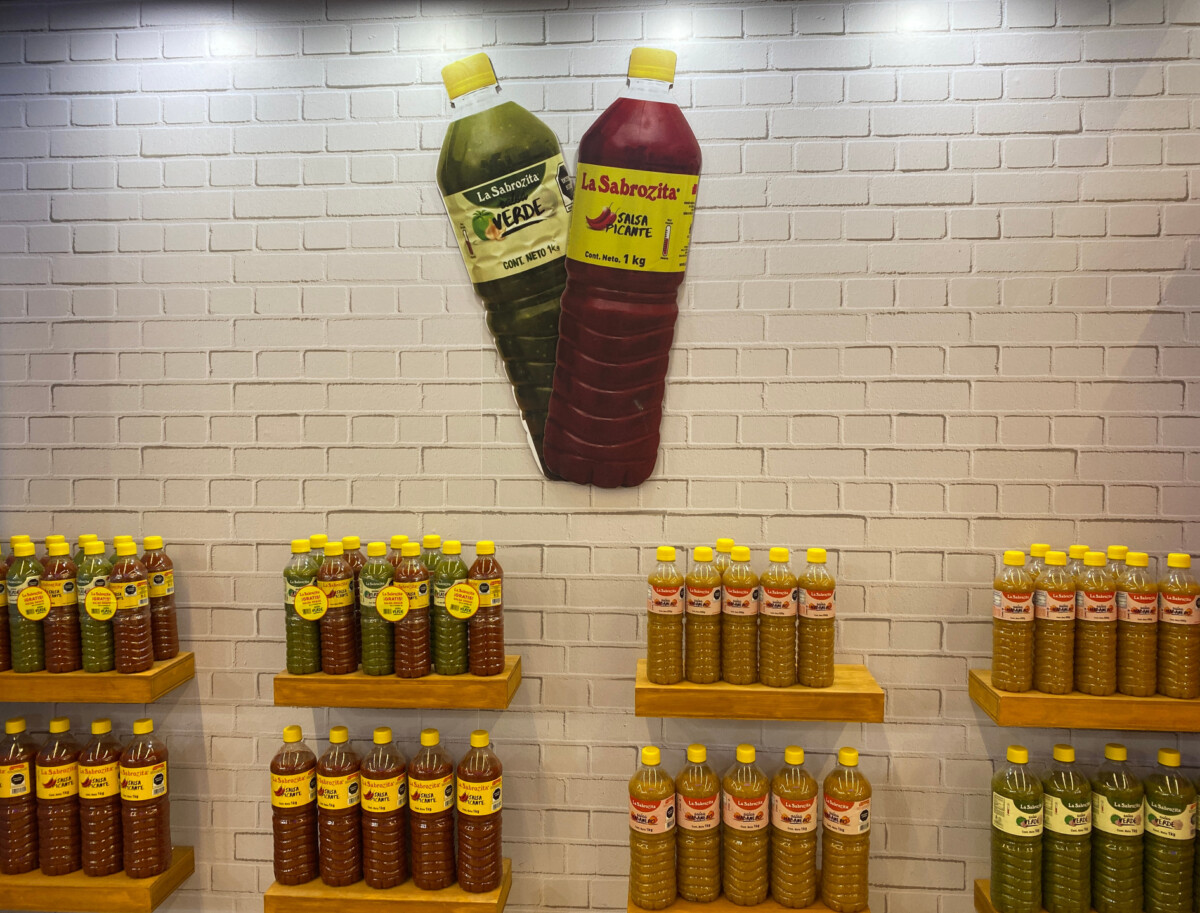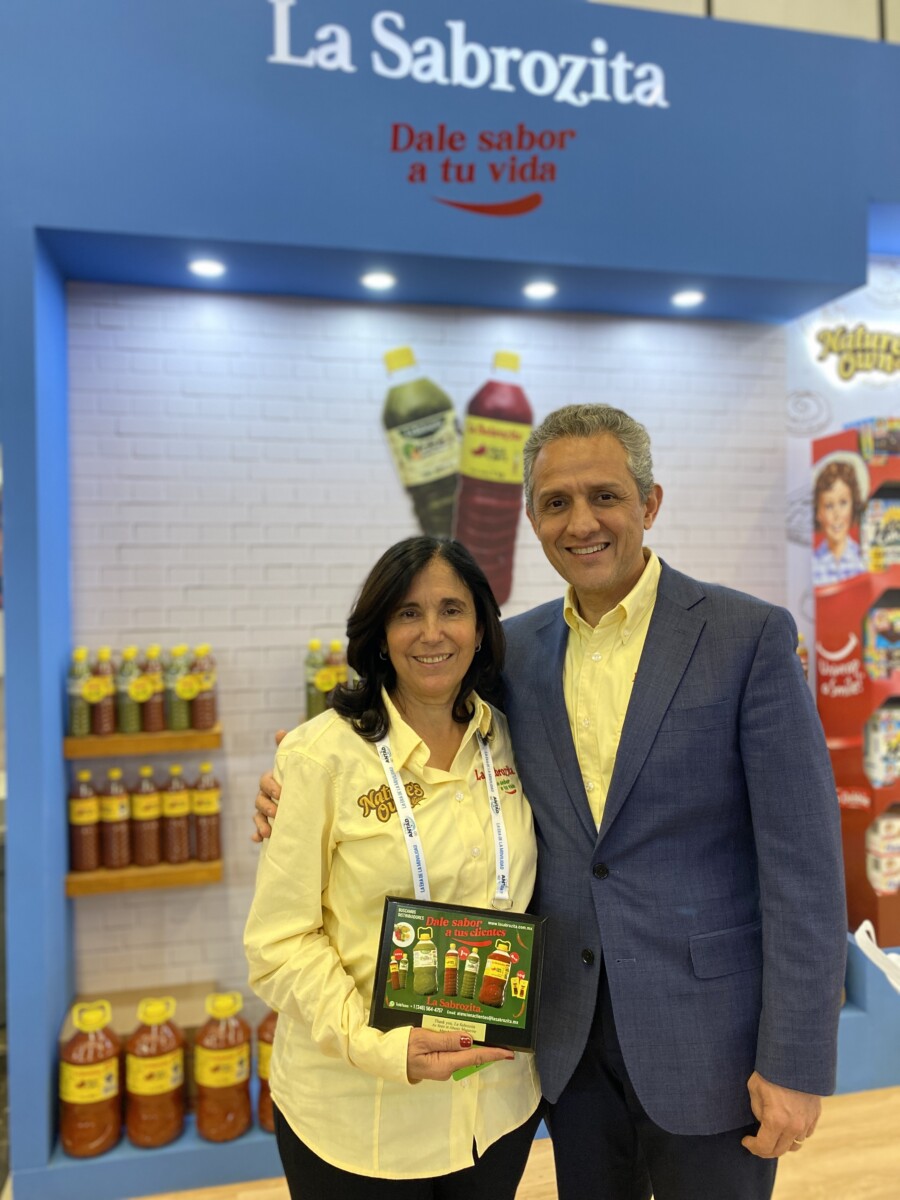La Sabrozita began its journey in 1990 as a salsa made in a home kitchen in Monterrey, Mexico. As it became known, it positioned itself as a favorite in the category of hot sauces for snacks, such as chicharrones, jicama, cucumber, or any fruit.
When the brand was created, the goal was to bring the homemade flavor of the salsa not only to Mexican homes but also across borders.
Initially, it was called La Sabroza, and over the years, its name changed to La Sabrozita.
According to the president of the company’s Board of Directors, Alberto Coronado, they initially handled two types of salsa manufactured with different processes.


One portfolio was water-based salsas with pasteurization processes, while the other type of salsa was prepared with vinegar.
Since then, consumers have chosen La Sabrozita prepared with vinegar as their favorite salsa, and this ingredient has become a great differentiator from the rest of the brands in the market.
Its great advantage is the time it keeps fresh on the shelves. In addition, it does not require refrigeration after it is opened, so it is ideal to have it on the tables of restaurants, at home, or work because it maintains its quality and freshness.
Related Article: Hispanic Consumer Preferences Open Doors to the Future of Commerce
Apart from the characteristic homemade flavor of La Sabrozita, Coronado points out that vinegar, one of the main ingredients of the salsa, not only has the characteristic of helping to preserve its freshness but also has great health benefits, giving added value to the product.
La Sabrozita promotes three types of salsas: hot, green, and habanero.
Wholesalers are among the primary buyers of hot sauce because of its success when combined with snacks. Likewise, social networks have given a lot of impulse to green and habanero chile sauces.
La Sabrozita’s growth has been in central and northern Mexico, as well as in the Bajío region, and they are working on expanding the brand in several markets in the United States.
But this salsa has traveled even further, specifically to Afghanistan, according to Coronado.
A U.S. soldier, in front of an armored vehicle, took a picture of himself showing a bottle of La Sabrozita. “There was such a taste for the sauce that the soldiers took a bottle with them to the places where they had to be,” Coronado pointed out.
Precisely because of the growing consumer demand for the sauce, La Sabrozita has a good future in the U.S. market.
“When there is a good product, its growth is a matter of logistics and marketing, which are interesting challenges, but we feel very strong with the product and the brand,” said Coronado.
Two years ago, the company opened a new production plant in Monterrey, which has modern equipment for processing sauces with the highest safety standards while maintaining the homemade flavor that distinguishes the brand.
As part of its strategy, La Sabrozita presents its three varieties of salsa on the exhibition floors of the most important food trade fairs in the United States to bring its unique flavor to new territories.



